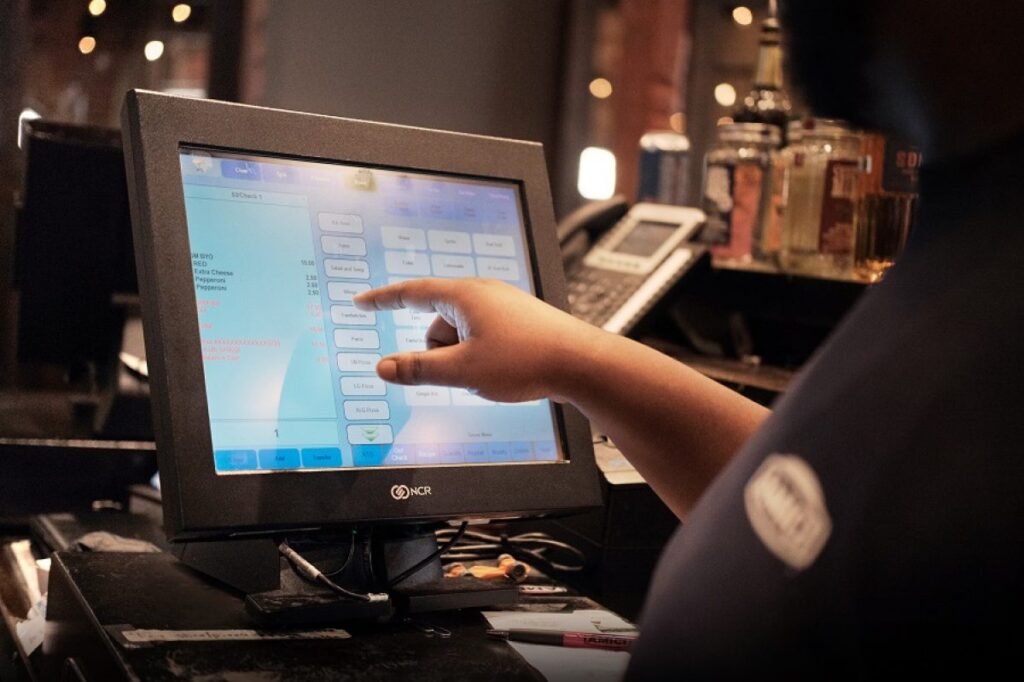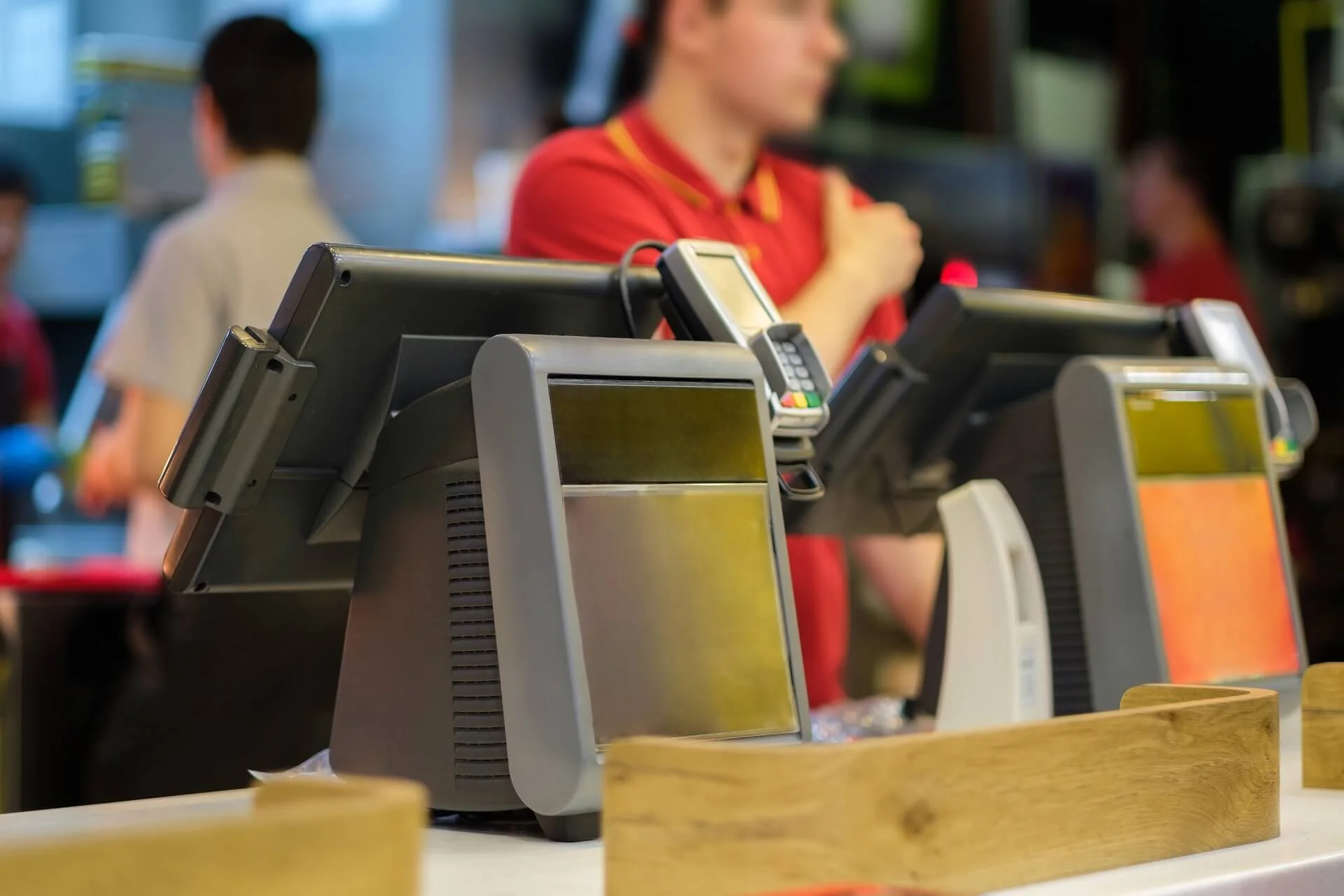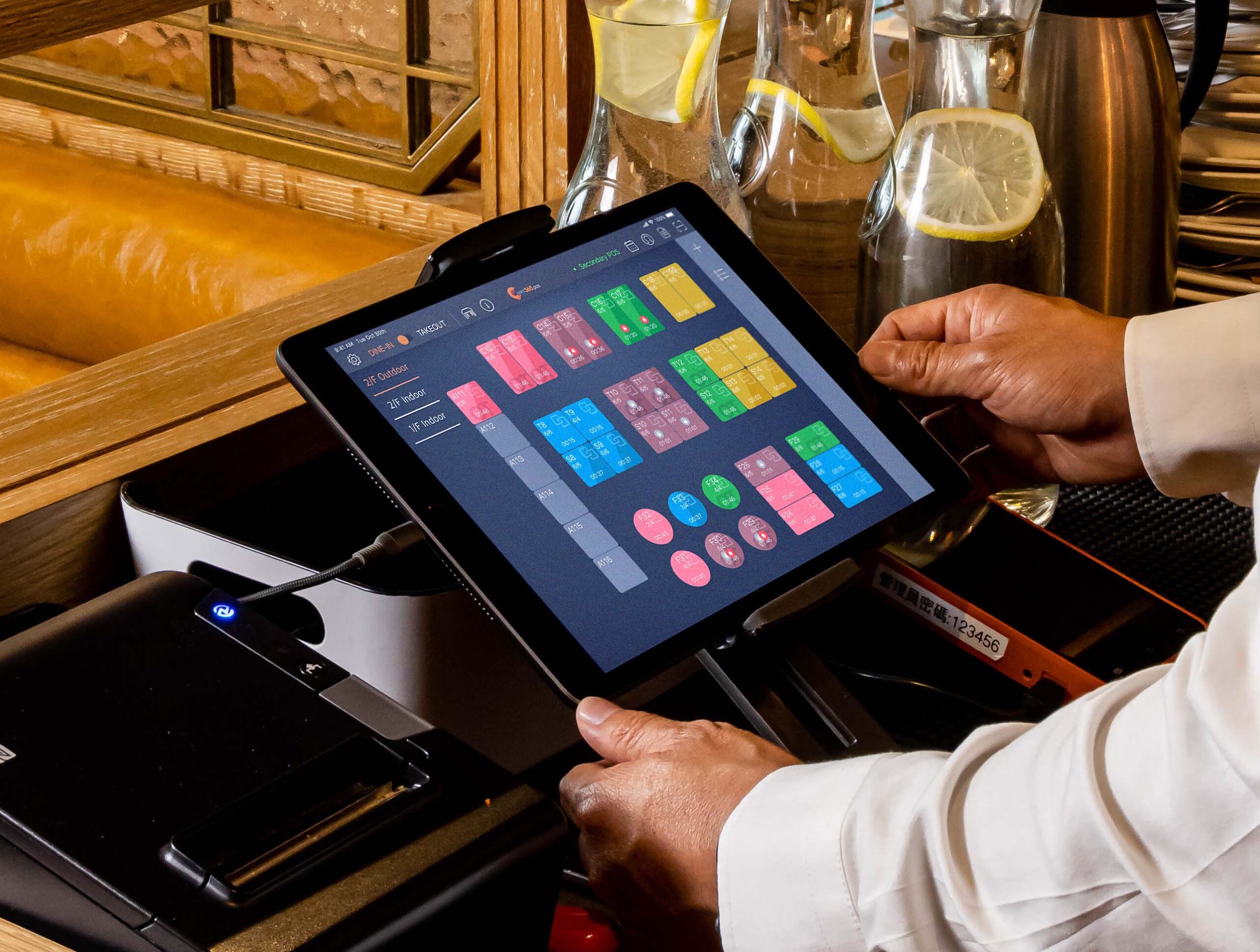5 Key POS Reports Every Restaurant Should Monitor

In the fast-paced world of restaurants and cafes, staying on top of key performance indicators (KPIs) is essential for ensuring smooth operations, managing costs, and maximizing profitability. Point-of-sale (POS) systems have become indispensable tools for restaurateurs, offering comprehensive reporting features that provide deep insights into daily operations. By regularly monitoring specific POS reports, restaurant owners and managers can make data-driven decisions that lead to better efficiency, customer satisfaction, and overall success. Here are five key POS reports that every restaurant should monitor.
1. Sales Report
A Sales Report is one of the most fundamental POS reports for any restaurant. This report provides a comprehensive breakdown of all the sales transactions within a specific time frame, including revenue from food, drinks, and other items. Sales reports can be segmented by day, week, or month, helping restaurant managers track overall sales trends.
Monitoring the Sales Report allows restaurants to identify peak hours and days, uncovering patterns in customer traffic. For instance, knowing when sales peak can help with staffing decisions, menu adjustments, or special promotions. It also assists in tracking whether your restaurant is hitting its revenue goals, and if not, it can highlight areas where improvements are needed, such as increasing marketing efforts or revising menu offerings.
A well-organized Sales Report can also show the performance of different menu items. Are certain dishes more popular than others? Are drinks or appetizers selling as expected? These insights are critical for optimizing menu design, offering seasonal specials, or adjusting prices to maximize profitability.
2. Inventory Report
An Inventory Report is crucial for maintaining efficient stock levels and minimizing waste. Restaurants need to track inventory meticulously to ensure they don’t run out of essential ingredients or overstock perishable items. POS systems can generate real-time inventory reports that reflect current stock levels, usage rates, and sales trends.
This report helps restaurant managers make informed decisions about purchasing and ordering supplies. By cross-referencing sales data with inventory levels, managers can avoid stockouts or over-ordering, both of which can have costly consequences. For example, if a particular ingredient is consistently being used up quickly, it may indicate the need for a larger order, whereas underused stock can be reduced or substituted.
An effective inventory report also assists in controlling food costs. If food waste is a recurring issue, tracking inventory usage can help pinpoint areas where inefficiencies or wasteful practices are occurring. These insights can lead to better portion control, improved menu engineering, and ultimately, better cost management.
3. Labor Report
A Labor Report tracks employee hours, wages, and labor costs, helping restaurant managers ensure that labor expenses stay within budget. Labor is one of the largest expenses for restaurants, so having a clear view of this data is essential for managing costs effectively.
By reviewing labor reports, restaurant owners and managers can identify trends in labor usage, such as excessive overtime or understaffing during peak hours. If labor costs are creeping up, it may be time to evaluate staffing levels, adjust shift schedules, or implement strategies like cross-training staff to improve efficiency.
Labor reports can also provide insights into employee performance. For example, tracking server tips and hours worked can give managers a sense of who is performing well and who may need additional training or support. This data-driven approach helps create fair and optimized schedules, improving both staff satisfaction and restaurant profitability.
4. Customer Feedback Report
A Customer Feedback Report is an increasingly valuable tool in today’s customer-centric restaurant environment. Many modern POS systems allow customers to leave feedback directly through the system or via integrated surveys. This report compiles and analyzes this feedback, giving restaurant owners and managers insights into customer satisfaction, preferences, and areas for improvement.
Monitoring customer feedback through POS-generated reports can help identify recurring complaints or suggestions. For example, if many customers mention slow service or issues with specific dishes, the restaurant can take corrective actions, such as improving staff training or refining the menu. Similarly, positive feedback can highlight what customers love most, which can be leveraged in marketing efforts or menu planning.
Customer feedback reports can also be used to track loyalty program performance, which is valuable for building long-term customer relationships. Knowing how customers feel about the dining experience helps restaurants stay competitive and responsive to customer needs.
5. Discount and Promotion Report
A Discount and Promotion Report is essential for tracking the effectiveness of special offers, discounts, or loyalty programs. Restaurants often run promotions to attract customers or move inventory, and it’s important to measure how these efforts impact sales.
This report shows how often discounts are used, what types of promotions are most successful, and how much revenue is being lost due to discounts. By analyzing this data, restaurant managers can evaluate whether the promotions are truly benefiting the business or if adjustments are needed. For instance, if a discount is leading to a high volume of sales but not improving profitability, the restaurant might consider adjusting the offer or reevaluating its pricing strategy.
Moreover, the Discount and Promotion Report can help optimize marketing strategies. By identifying what promotions work best at different times or for different customer segments, restaurants can tailor their marketing efforts to maximize their impact.
Conclusion
Monitoring these five key POS reports—Sales, Inventory, Labor, Customer Feedback, and Discount/Promotion—is vital for ensuring a restaurant’s success. With accurate data at their fingertips, restaurant owners and managers can make informed decisions that enhance operations, optimize costs, improve customer satisfaction, and ultimately drive profitability. By leveraging POS reporting tools effectively, restaurants can stay ahead of the competition and continue to deliver exceptional dining experiences.






